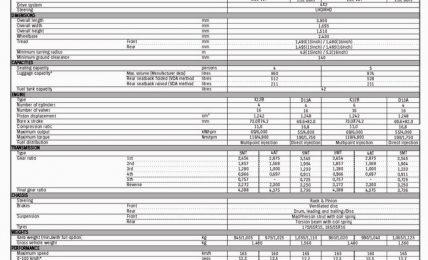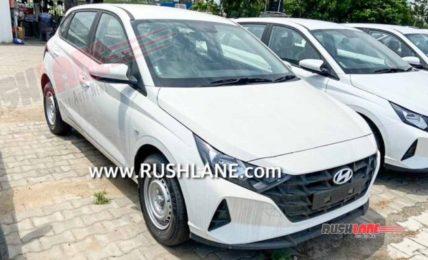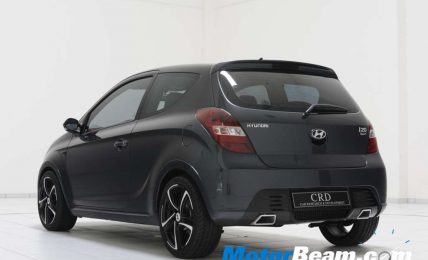[singlepic id=12174 w=540 h=375 float=center]
Performance – Both the i20 and Swift are available with petrol and diesel engines. The i20 is also available with an automatic gearbox. The Hyundai i20 petrol is powered by a 1.2-litre Kappa engine which uses dual VTVT to produce 84 PS and 116 Nm. This engine lacks low end grunt and one needs to work the gearbox frequently to extract the best out of the powerplant. The Swift on the other hand is powered by a 1.2-litre K-series motor which uses VTT to produce 87 PS and 114 Nm. The Swift feels more eager of the two and the engine is very revv happy. It feels relaxed at high revvs with decent top end grunt. Its only the mid-range which feels a bit muted in the Swift. Overall, when it comes to petrol variants, the Swift is the more fun and enthusiastic of the two.
[singlepic id=12144 w=540 h=375 float=center]
Coming to the diesel engines, the Maruti Swift uses the 1.3-litre Multijet motor which produces 75 PS and 190 Nm. The i20 diesel on the other end produces 90 PS and 226 Nm. With more power to boot, the i20 is easily the quicker car of the two and Hyundai seems to have mastered its diesel engines. The i20 never feels out of breath and the CRDi motor continues to pull strongly till 5000 RPM. The Swift has lost its diesel charm and doesn’t offer as much fun as its predecessor. Power delivery is linear and there is no kick in the pants feeling anymore. With the i20 having an extra cog, the car is able to cruise in a relaxed manner at speed and never feels out of breathe. The Swift on the other hand starts to lose power once you reach 3000 RPM. Mind you, the Swift’s diesel powerplant is not bad at all, its just the i20’s which is so much better.
[singlepic id=12183 w=540 h=375 float=center]
Head over to the next page for the conclusion.




